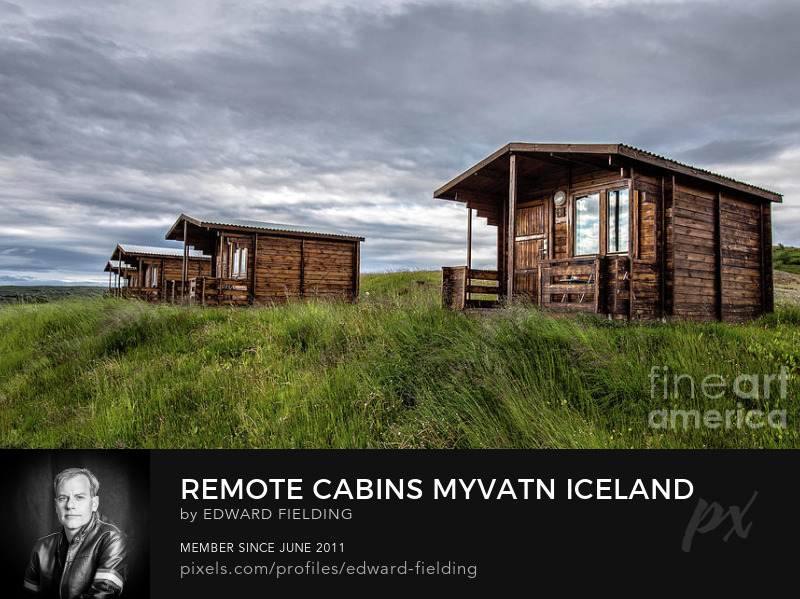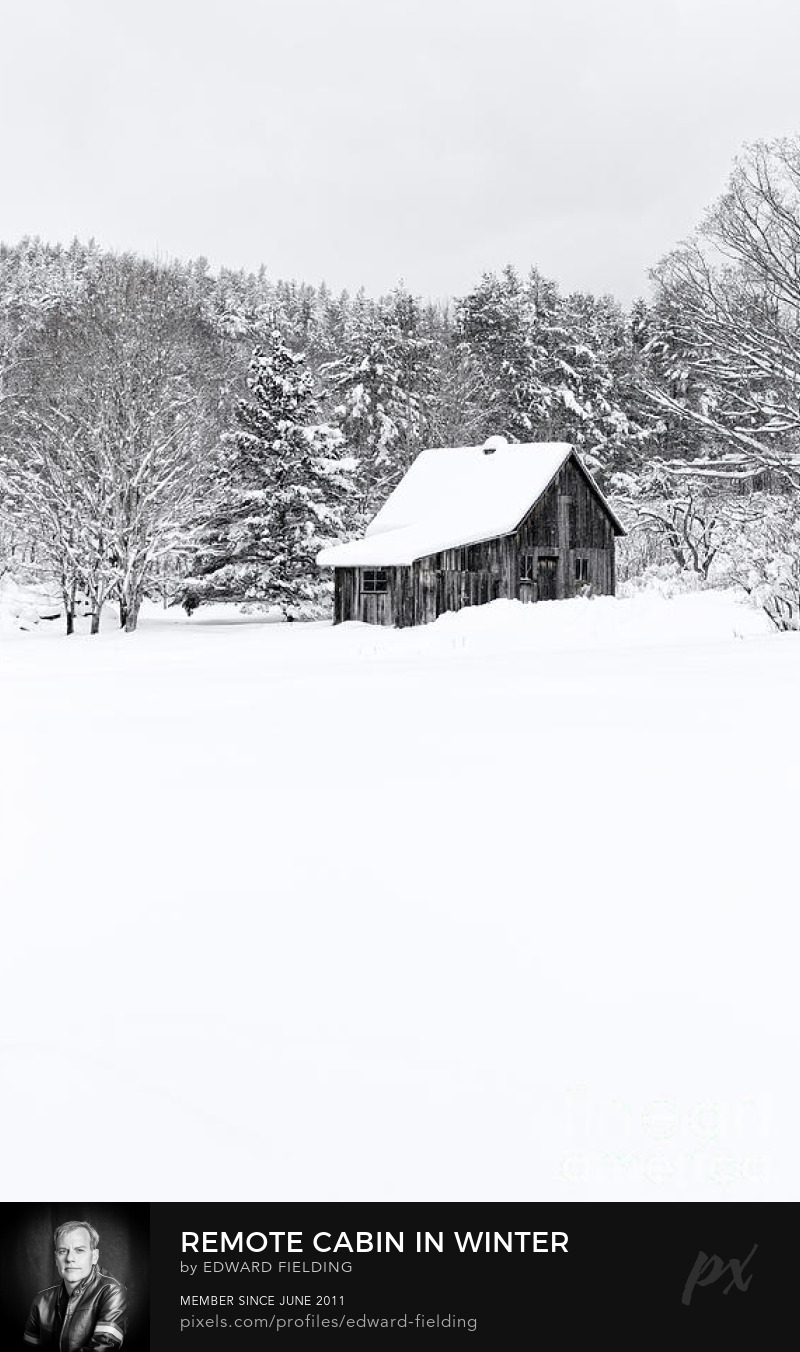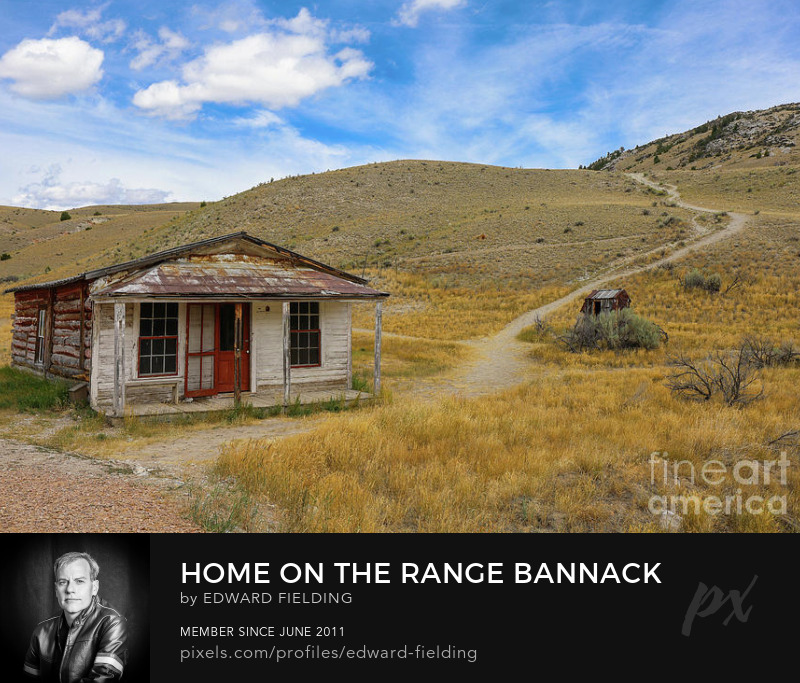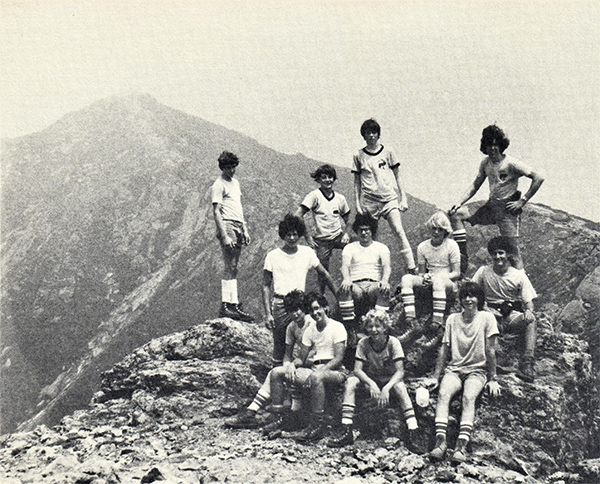America in 1800, the wilderness is dark and evil and needs to be broken and cultivated, and our children were dark and evil and needed to be broken and cultivated.
But by 1900, you know, we have this whole Romantic Movement that changes our view of the wilderness and changes our view of youth. And so by, you know, the late 19th century the wilderness is what defines American culture. It’s closer to God. It’s the world in its unspoiled state.
And children, similarly, are this great resource. They haven’t been corrupted yet by civilization and cities and all these things. And so it was a natural process to say well we should have our children barefoot running around the woods to keep them in that natural state.
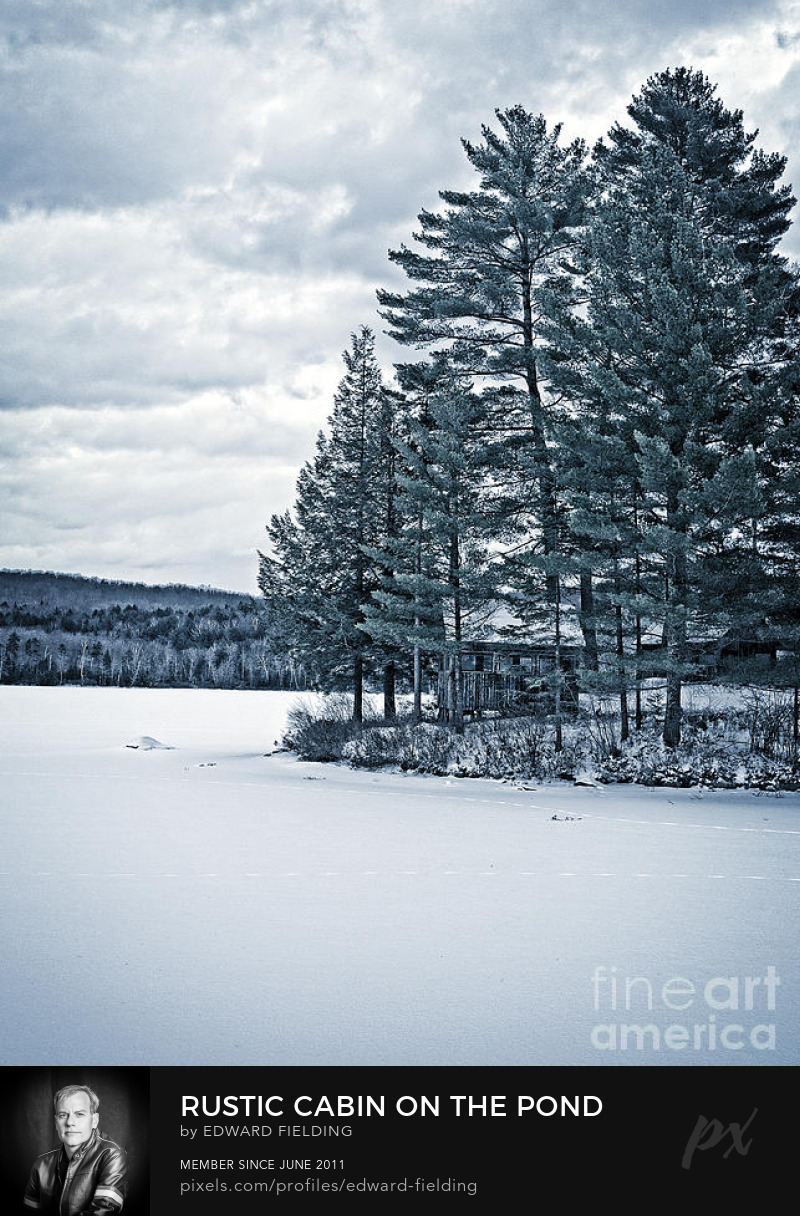

The warming hut was there beside the lake. Hot cocoa package, a woodstove with a pile of kindling, old books about forests and nature, board games with only a few missing pieces, extra toilet paper for the outhouse, a propane stove for the kettle and assorted furniture to sit down and rest.
It was assuring that if we felt a deep chill, grew tired or needed a rest from the winter weather that the warming hut was there offering protection, safety warmth and conversation.
The old wooden building had started out its life as a summer cabin for a girls camp that nestled against the shores of this remote mountain pond. It was simply constructed on-site with chainsaws, axes and saws from pine wood found in the area. It sat on wooden piers and featured a rough saw pine exterior.
Originally the window were simply openings with insect screening. Plexiglass panels over the openings provided the extent of the “winterizing”. It was simple and it was sheltering if needed but the skiing was so good, the weather so nice that we never did seek its protection but it was nice just knowing it was there.
— Edward M. Fielding


